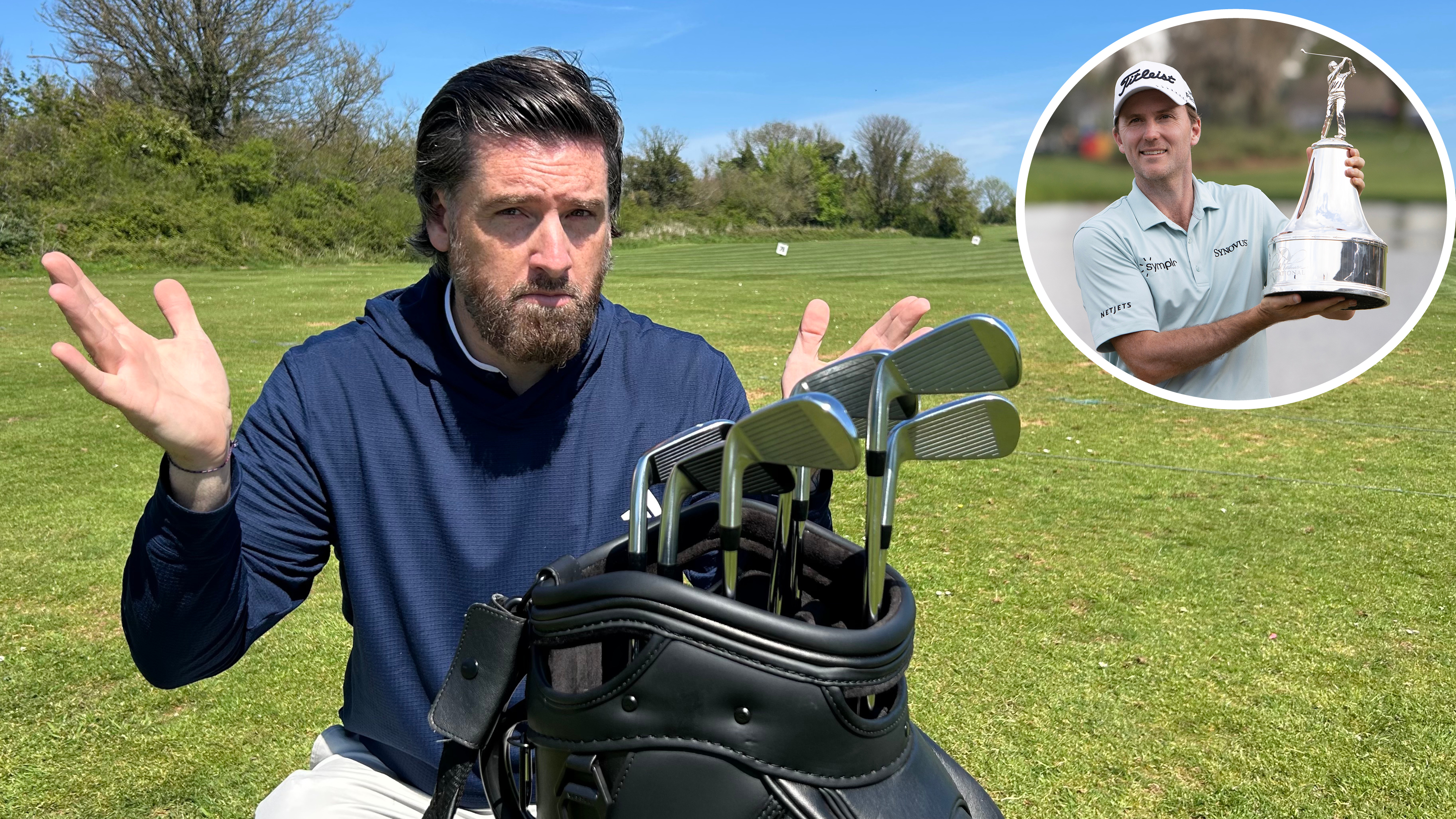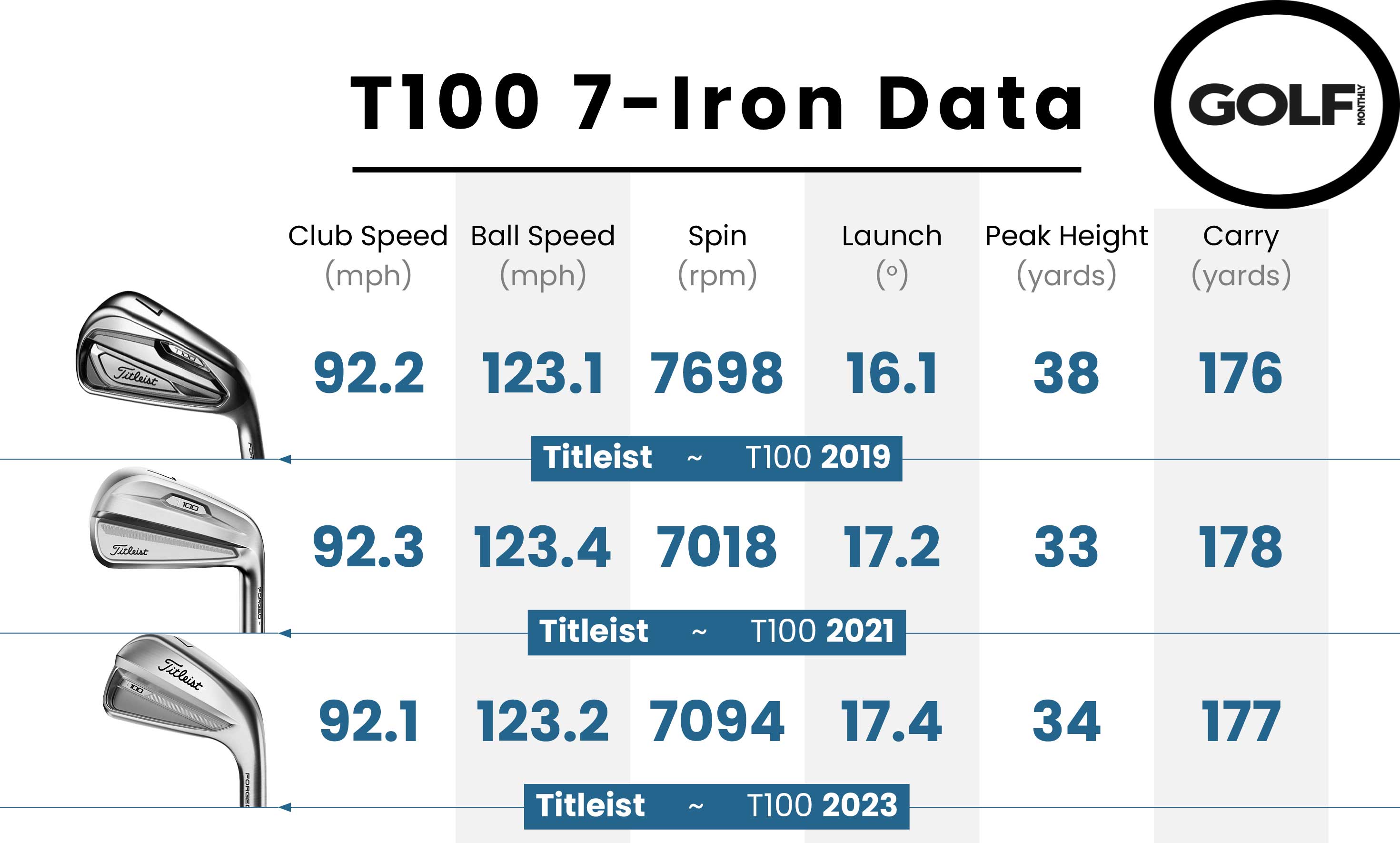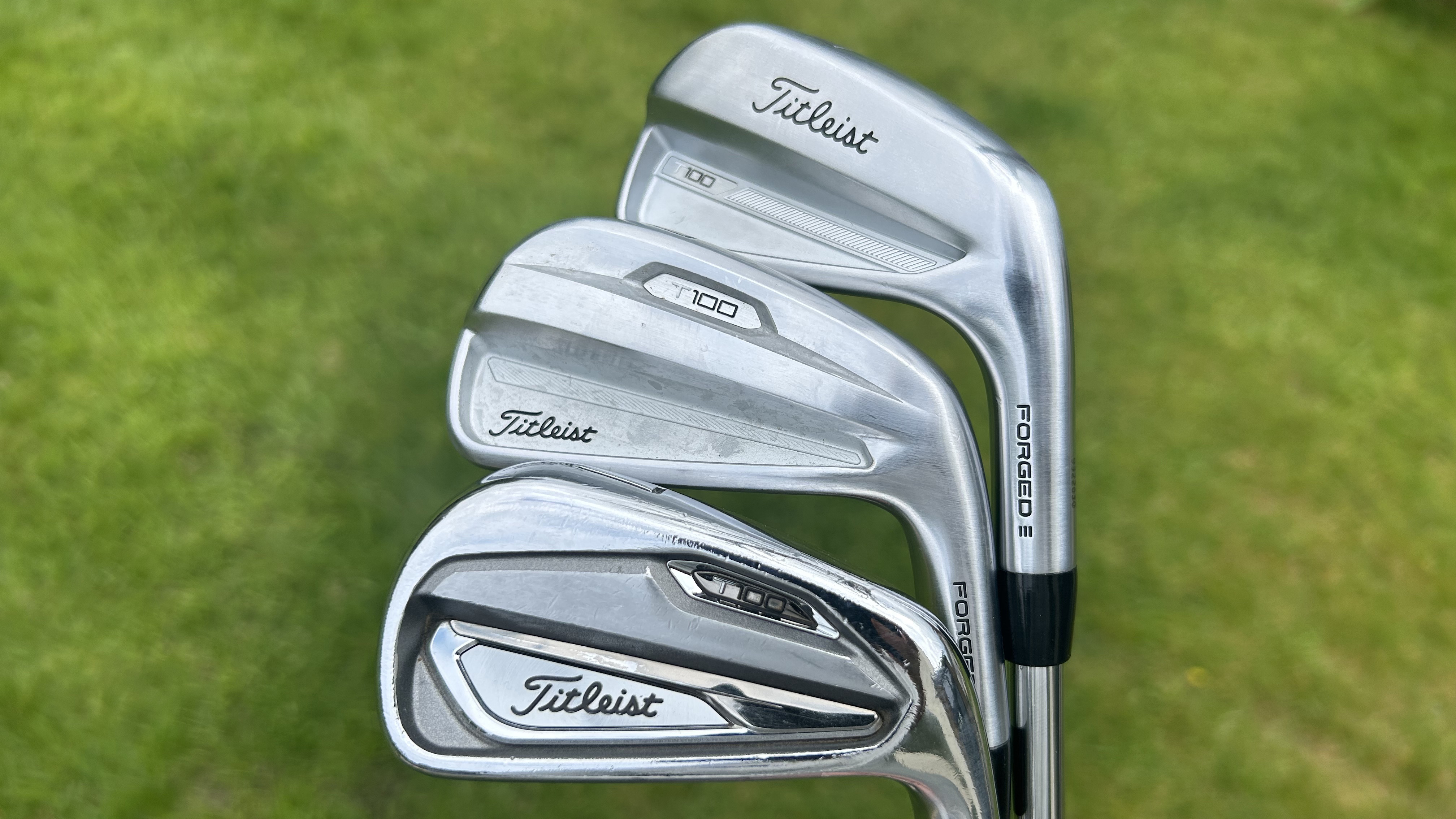
As an equipment writer, when I am watching golf on television, I can’t help but have one eye on the players' golf bags to see what they are plying their trade with, and while watching the Arnold Palmer Invitational at Bay Hill, something in the winner's bag caught my eye. Russell Henley was using Titleist T100 irons, which in itself may not be extraordinary, but as I looked a little closer, I could see that they were in fact the 2019 version of this popular model from Titleist.
With manufacturers continually pushing the virtues of their innovation and newer models, I was intrigued as to why Henley, a Titleist staff player, would be using a model at least a couple of generations old. So, I got in touch with my friends at GolfClubs4Cash to see if I could get hold of the models in question to put them through their paces. I scrolled the GolfClubs4Cash app and sure enough, I swiftly found the irons I needed, ordered them up, and was surprised to see just how low the price tag was considering they are still being used at the highest level of the game. The irons, which I have to say were in exceptional condition, were just £419.99.

As soon as they arrived at my door, I headed off to the practice ground armed with a Foresight Sports GC Quad launch monitor and a bag full of balls to see what I could find out, and truth be told, I was very surprised. I took along the subsequent two models (21’ and 23’) of T100 irons to my session for comparative purposes, and the quantifiable data between the two newer models in terms of carry distance, peak height, and spin rates was, to all intents and purposes, the same.

There was less than two yards of carry variation, all were within 1.5mph of ball speed, and 2 yards of peak height! However, when I got the 2019 version in my hands, the ball flight window immediately changed. It was coming out significantly lower yet spinning up quite significantly after that. For context, it was launching between a degree and a degree and a half lower but with over 500 rpm more spin. The additional spin culminated in a peak height of around 10 feet higher and a steeper descent angle, and herein may lie the reason Henley is opting not to switch…

PGA Tour courses - particularly Bay Hill, where his recent win came - are often set up with exceptionally firm greens and some very tight pin positions, so the additional spin and descent angle on offer from the 2019 version could prove a significant advantage. But where does this different window come from, from a technical standpoint? Well, for me, the answer lies in the bounce angle. The 2019 model has visibly more bounce and an increased radius on the sole, and when bounce is increased, the leading edge will rise a little relative to the ground. In turn, this tends to promote a lower strike on the clubface, facilitating a higher spin profile due to impacting significantly below the CG.

Could Russell Henley find a couple more yards or an mph of ball speed or two more from a newer model of irons? Yes, I would suggest he probably could, but would those small incremental gains in power translate into lower scores on the golf course? Well, he clearly doesn’t think so, and I am inclined to agree. Aside from the benefits of the higher spin profile, in my opinion, the time it would take to build up similar levels of situational familiarity with a newer product for Henley would completely negate any data gains on offer, and he is not alone at the top of the game in that regard.

World number one Scottie Scheffler has been in the same P7TW irons for the best part of four years, and recent Grand Slam winner Rory McIlroy has been playing his “Rors Proto” irons for even longer still, and the list goes on. In fact, the more time I get to spend with these top players talking about their golf equipment, I get the feeling that the vast majority would barely change at all without occasional contractual obligations or when they have simply worn through the grooves! Unless a significant, tangible performance gain is on offer, the risk is simply too high at the top level, and I think we can benefit from that at the consumer level.

The primary purpose of this exercise was to identify any performance differences between the models I was testing, which, it would be fair to say, were definitely evident, and for the right player could be potentially very beneficial. With this in mind, I firmly believe there is some smart money to be spent in the second-hand market if you are looking to change things up with your irons.
As I mentioned, the 4-PW set of 2019 Titleist T100s I picked up set me back just over £400, when at today's prices you could be looking at adding the best part of £1000 to your outlay for some of the best irons in the game, so there are clearly massive savings on offer for comparably performing equipment. You must consider, however, that these clubs are in no way custom-fit for your game, which can be a drawback when shopping in this market; however, in many instances, for a small fee, irons can be somewhat “retro-fit” through adjustments such as loft and lie changes and re-gripping, all of which GolfClubs4Cash offers.







